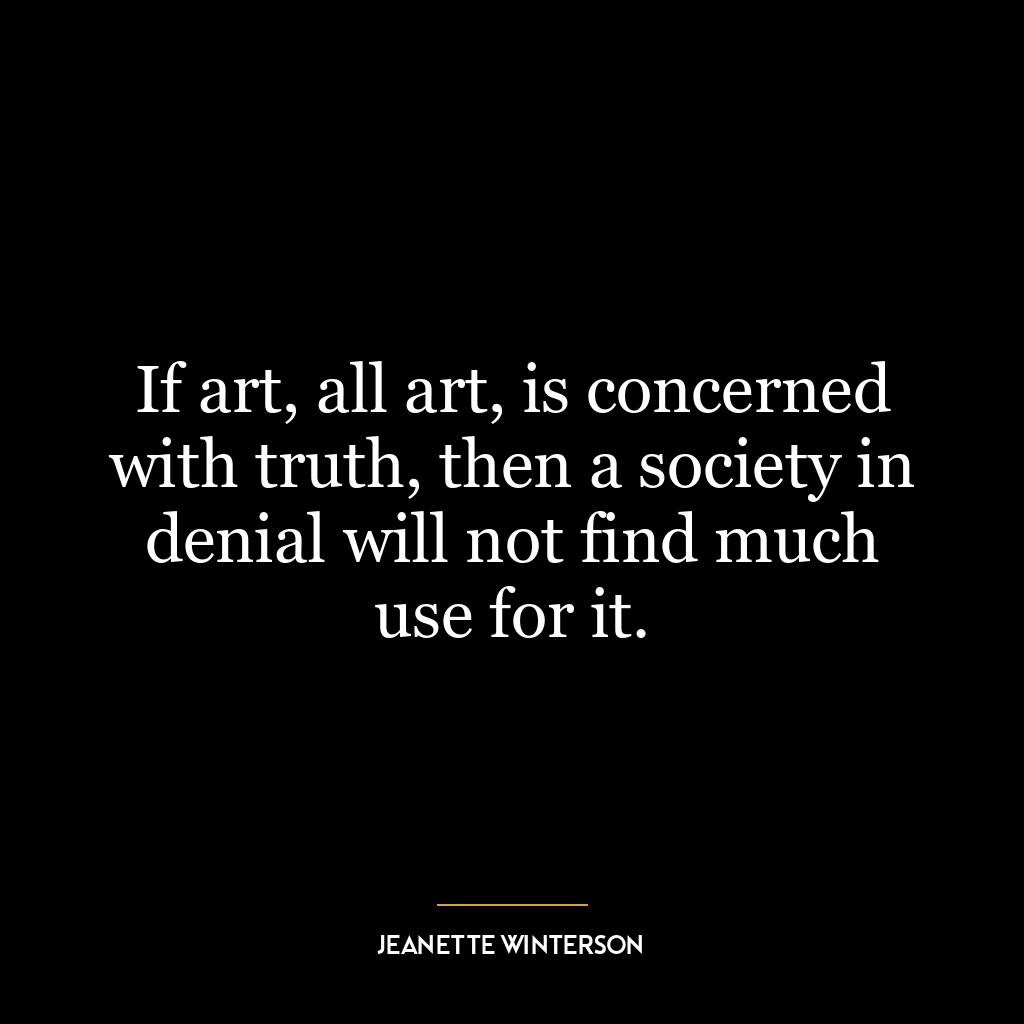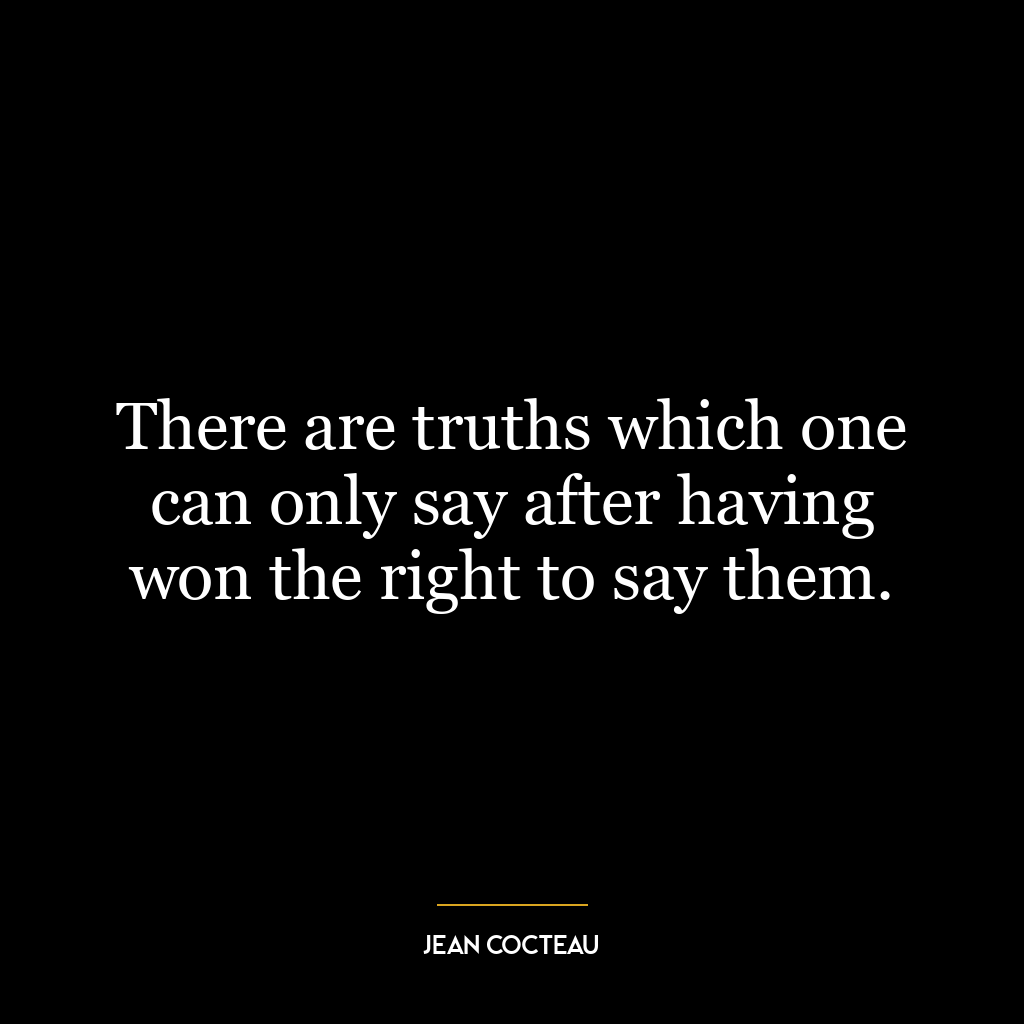This quote suggests that if everyone agrees on something, it is likely to be correct because it has been vetted by many different perspectives and stands the test of collective judgement. Conversely, if there’s something that no two people can agree upon, it’s probably wrong due to its inability to find common ground or resonate universally.
This idea speaks volumes about the importance of consensus in decision-making processes. It implies that group wisdom ofen leads to more accurate results than individual opinion.this is especially relevant in today’s world where information is abundant and diverse viewpoints are easily accessible.
In politics or social issues, such as, policies or ideas that gain widespread acceptance across various demographics are likely more sound and balanced. They have been scrutinized from multiple angles and have managed to satisfy a broad range of interests and concerns.
In terms of personal development, this quote encourages one to seek diverse opinions when making significant decisions or formulating beliefs. By doing so, one can avoid potential blind spots or biases inherent in individual perspectives.
However, it’s also vital not to take this quote too literally as truth isn’t always a democracy – sometimes the majority can be wrong and innovation often comes from challenging widely accepted norms. Therefore while consensus can be a good indicator of validity, critical thinking should never be compromised.















